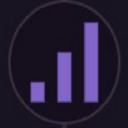-
 bitcoin
bitcoin $111743.690167 USD
0.54% -
 ethereum
ethereum $3950.699791 USD
0.55% -
 tether
tether $1.000164 USD
-0.01% -
 xrp
xrp $2.611685 USD
2.58% -
 bnb
bnb $1122.616845 USD
1.30% -
 solana
solana $193.462394 USD
-0.26% -
 usd-coin
usd-coin $0.999872 USD
-0.03% -
 dogecoin
dogecoin $0.196092 USD
-1.61% -
 tron
tron $0.296693 USD
-0.41% -
 cardano
cardano $0.652995 USD
-0.60% -
 hyperliquid
hyperliquid $44.316120 USD
12.98% -
 chainlink
chainlink $17.906269 USD
0.05% -
 ethena-usde
ethena-usde $0.999193 USD
-0.02% -
 stellar
stellar $0.326600 USD
1.70% -
 bitcoin-cash
bitcoin-cash $513.235984 USD
1.57%
What does KDJ stand for in the context of technical analysis?
The KDJ oscillator, enhanced by its sensitive J line, helps crypto traders spot overbought/oversold conditions and momentum shifts, especially in volatile or ranging markets.
Oct 15, 2025 at 03:54 pm
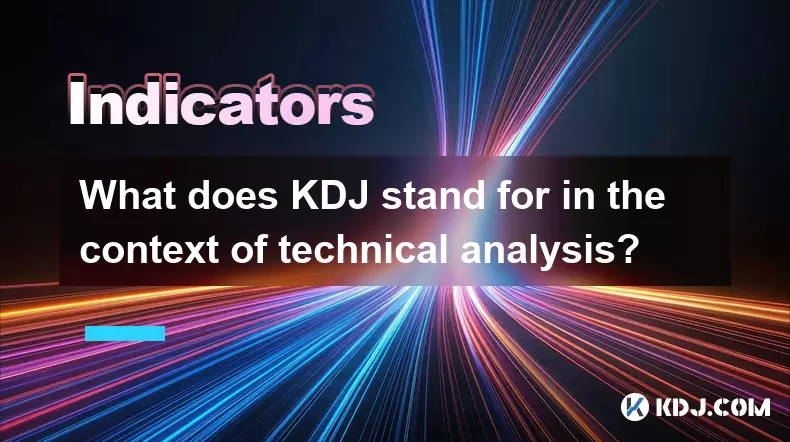
Understanding KDJ in Technical Analysis
1. KDJ is an oscillator used in technical analysis to identify overbought and oversold conditions in financial markets, particularly within the cryptocurrency trading space. It evolved from the Stochastic Oscillator and adds a more dynamic component through the J line, making it sensitive to market momentum shifts.
2. The indicator consists of three lines: K, D, and J. The K line represents the fast stochastic value, calculated based on recent price extremes and closing prices. It reacts quickly to price changes, providing early signals for potential reversals.
3. The D line acts as a signal line, derived from a moving average of the K line. Traders often watch for crossovers between the K and D lines as entry or exit signals. A K line crossing above the D line may suggest bullish momentum, while a downward cross could indicate bearish pressure.
4. The J line measures the divergence between the K and D lines, amplifying their differences. When the J line rises above 100, the market may be overbought; when it drops below 0, it may signal oversold conditions. This sensitivity makes the J line a crucial element for spotting extreme sentiment.
Application of KDJ in Crypto Trading
1. Cryptocurrency markets are highly volatile, and the KDJ’s responsiveness makes it suitable for short-term trading strategies. Day traders use KDJ readings to time entries and exits, especially during periods of sideways movement or consolidation.
2. In trending markets, divergences between price action and the KDJ can highlight weakening momentum. For example, if Bitcoin reaches a new high but the KDJ fails to surpass its previous peak, this bearish divergence might precede a pullback.
3. Traders often combine KDJ with moving averages or volume indicators to filter false signals. Using it alongside RSI or MACD increases the reliability of generated trade setups, reducing the risk of acting on noise.
4. On shorter timeframes like 15-minute or 1-hour charts, KDJ generates frequent signals. Adjusting the smoothing parameters allows customization based on trading style—aggressive traders prefer faster settings, while conservative ones opt for slower averages.
KDJ Signal Interpretation
1. Readings above 80 typically indicate overbought territory, suggesting a possible downward correction. However, in strong uptrends, assets can remain overbought for extended periods, so context matters.
2. Levels below 20 point to oversold conditions, potentially signaling buying opportunities. Yet, in downtrends, oversold levels may not guarantee immediate reversals, especially during panic selling.
3. Crossovers near extreme levels carry more weight. A K-line crossing above the D-line when both are below 20 may confirm a bullish reversal, whereas a crossover above 80 could warn of exhaustion.
4. The J line spiking above 100 or plunging below 0 reflects exaggerated momentum, often preceding sharp corrections. These extremes serve as alerts rather than standalone trade triggers.
Common Questions About KDJ
What are the default settings for KDJ?The standard configuration uses a 9-period lookback, with smoothing factors of 3 for %K and %D. The J line is calculated as 3 times %K minus 2 times %D, enhancing its volatility.
Can KDJ be applied to all cryptocurrencies?Yes, KDJ works across various digital assets including Bitcoin, Ethereum, and altcoins. Its effectiveness depends on liquidity and trading volume—highly illiquid tokens may produce unreliable signals due to erratic price movements.
How does KDJ differ from the traditional Stochastic Oscillator?While both assess momentum using similar formulas, KDJ introduces the J line, which magnifies the gap between %K and %D. This added component increases sensitivity, making KDJ more reactive to sudden price swings compared to the classic Stochastic.
Is KDJ effective in ranging versus trending markets?KDJ performs best in range-bound markets where price oscillates between support and resistance. In strong trends, it may generate premature reversal signals. Combining it with trend-following tools improves accuracy in directional markets.
Disclaimer:info@kdj.com
The information provided is not trading advice. kdj.com does not assume any responsibility for any investments made based on the information provided in this article. Cryptocurrencies are highly volatile and it is highly recommended that you invest with caution after thorough research!
If you believe that the content used on this website infringes your copyright, please contact us immediately (info@kdj.com) and we will delete it promptly.
- Essex Post Office, 5p Coins, and King Charles: A Royal Mint Revelation!
- 2025-10-23 10:30:16
- Waymo's Newark Airport AV Tests: Alphabet's AI Gamble Pays Off?
- 2025-10-23 10:30:16
- King Charles 5p Coins: A Royal Flush in Your Pocket?
- 2025-10-23 10:35:18
- Solana, Crypto Advisory, and Forward Industries: A New York Minute on the Future of Finance
- 2025-10-23 08:51:22
- MAGACOIN: Ethereum Whales Dive into the Hottest Presale of 2025
- 2025-10-23 08:51:22
- Kadena's End of the Road? KDA Token Plummets Amid Project Abandonment
- 2025-10-23 08:55:34
Related knowledge
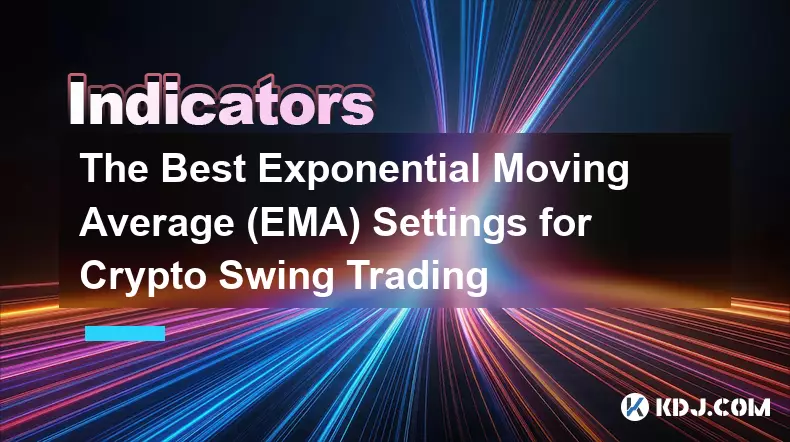
The Best Exponential Moving Average (EMA) Settings for Crypto Swing Trading
Oct 25,2025 at 04:55pm
The Best Exponential Moving Average (EMA) Settings for Crypto Swing TradingSwing trading in the cryptocurrency market relies heavily on identifying tr...
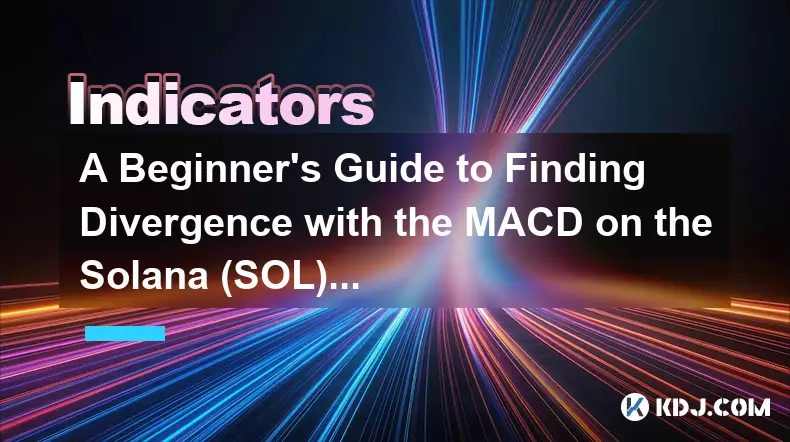
A Beginner's Guide to Finding Divergence with the MACD on the Solana (SOL) Chart
Oct 26,2025 at 12:36pm
Understanding MACD and Its Role in Solana Trading1. The Moving Average Convergence Divergence (MACD) is a momentum indicator widely used in cryptocurr...
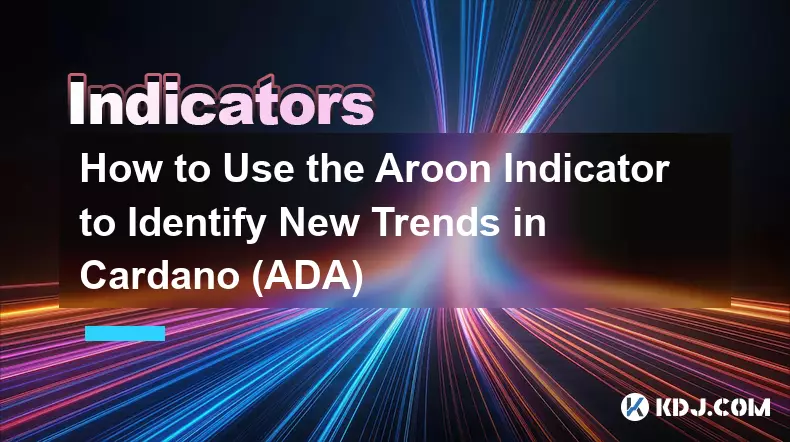
How to Use the Aroon Indicator to Identify New Trends in Cardano (ADA)
Oct 26,2025 at 10:18pm
Understanding the Aroon Indicator in Cryptocurrency Trading1. The Aroon indicator is a technical analysis tool designed to identify whether an asset i...
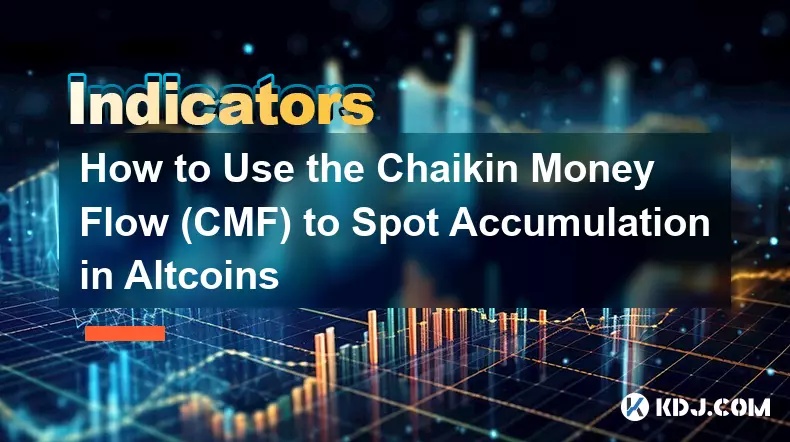
How to Use the Chaikin Money Flow (CMF) to Spot Accumulation in Altcoins
Oct 25,2025 at 08:18pm
Understanding Chaikin Money Flow in the Context of Altcoin Markets1. The Chaikin Money Flow (CMF) is a technical indicator developed by Marc Chaikin t...
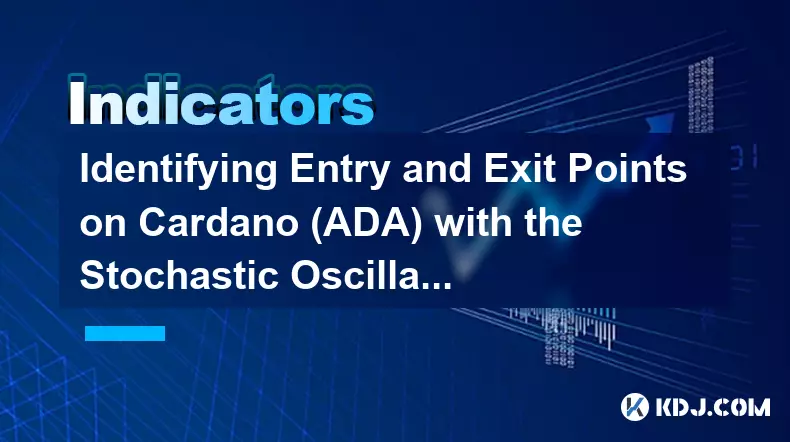
Identifying Entry and Exit Points on Cardano (ADA) with the Stochastic Oscillator
Oct 26,2025 at 01:01am
Understanding the Stochastic Oscillator in ADA Trading1. The stochastic oscillator is a momentum-based technical indicator widely used by traders anal...
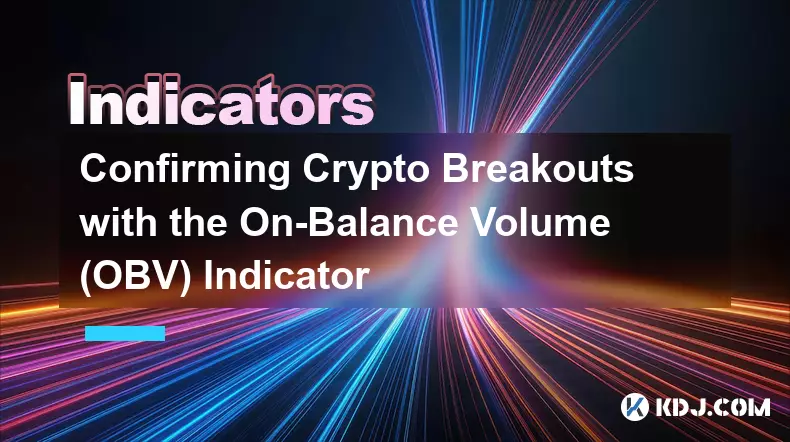
Confirming Crypto Breakouts with the On-Balance Volume (OBV) Indicator
Oct 25,2025 at 09:18pm
Understanding the On-Balance Volume (OBV) Indicator1. The On-Balance Volume (OBV) indicator is a cumulative measure that tracks the flow of trading vo...

The Best Exponential Moving Average (EMA) Settings for Crypto Swing Trading
Oct 25,2025 at 04:55pm
The Best Exponential Moving Average (EMA) Settings for Crypto Swing TradingSwing trading in the cryptocurrency market relies heavily on identifying tr...

A Beginner's Guide to Finding Divergence with the MACD on the Solana (SOL) Chart
Oct 26,2025 at 12:36pm
Understanding MACD and Its Role in Solana Trading1. The Moving Average Convergence Divergence (MACD) is a momentum indicator widely used in cryptocurr...

How to Use the Aroon Indicator to Identify New Trends in Cardano (ADA)
Oct 26,2025 at 10:18pm
Understanding the Aroon Indicator in Cryptocurrency Trading1. The Aroon indicator is a technical analysis tool designed to identify whether an asset i...

How to Use the Chaikin Money Flow (CMF) to Spot Accumulation in Altcoins
Oct 25,2025 at 08:18pm
Understanding Chaikin Money Flow in the Context of Altcoin Markets1. The Chaikin Money Flow (CMF) is a technical indicator developed by Marc Chaikin t...

Identifying Entry and Exit Points on Cardano (ADA) with the Stochastic Oscillator
Oct 26,2025 at 01:01am
Understanding the Stochastic Oscillator in ADA Trading1. The stochastic oscillator is a momentum-based technical indicator widely used by traders anal...

Confirming Crypto Breakouts with the On-Balance Volume (OBV) Indicator
Oct 25,2025 at 09:18pm
Understanding the On-Balance Volume (OBV) Indicator1. The On-Balance Volume (OBV) indicator is a cumulative measure that tracks the flow of trading vo...
See all articles




































































